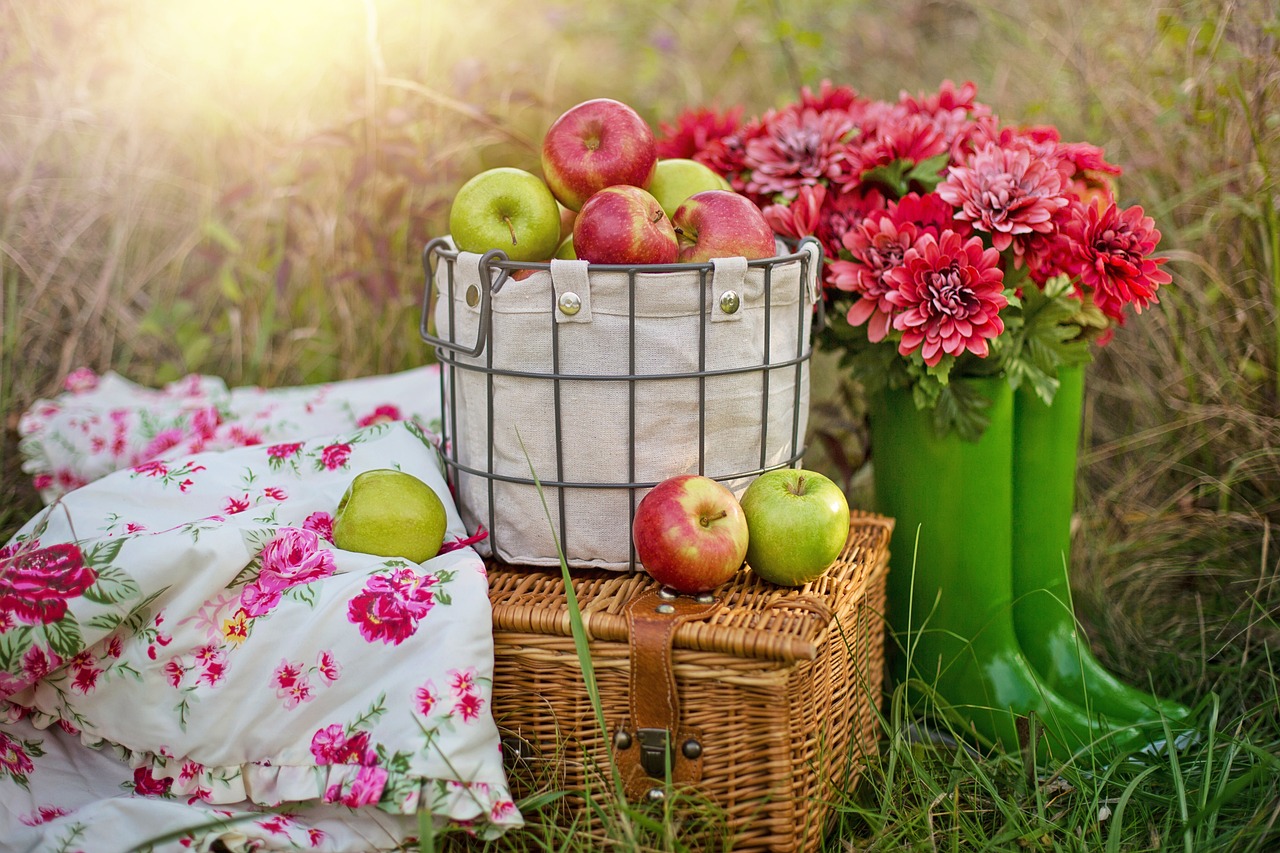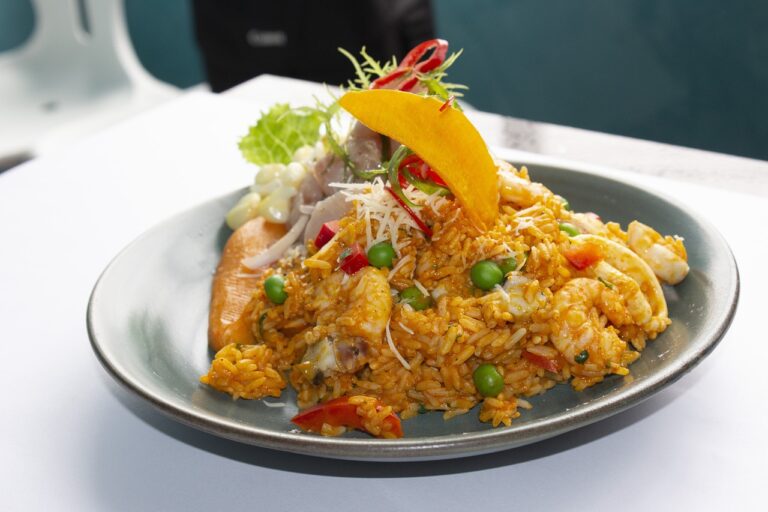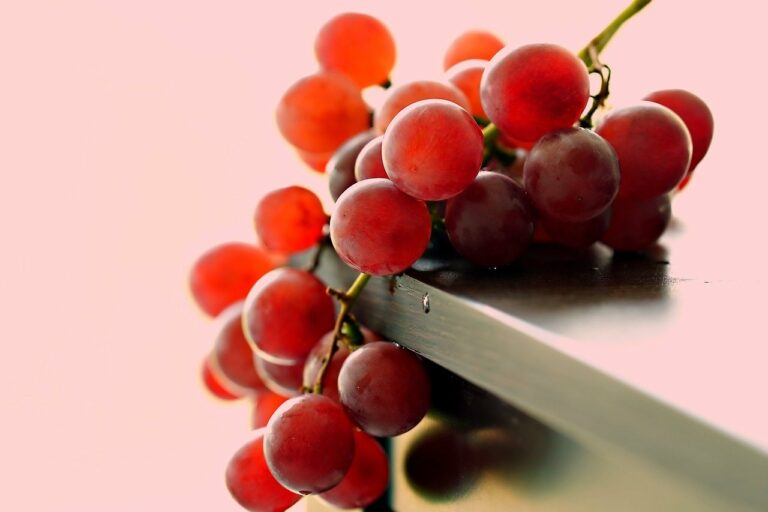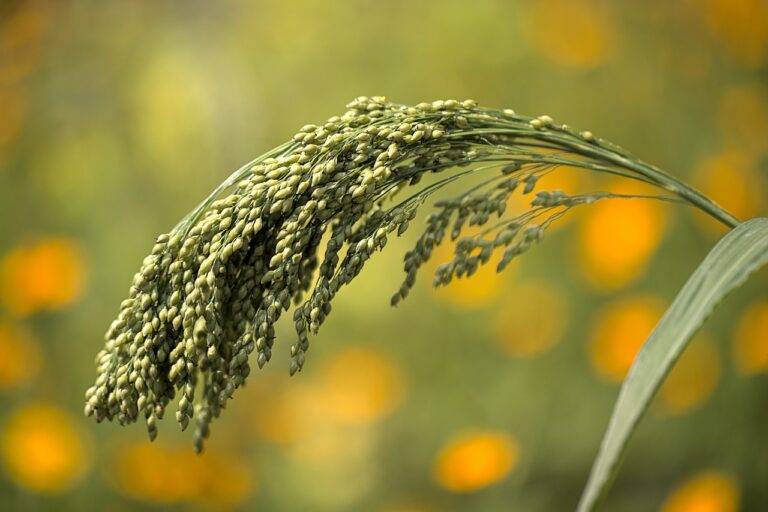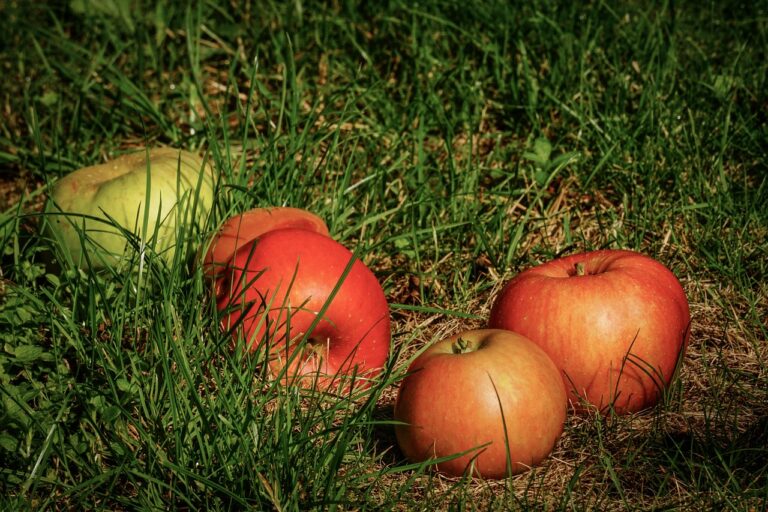Exploring the Art of Food Preservation: From Fermenting to Drying
Food preservation has been a vital practice for centuries, dating back to ancient times when our ancestors discovered ways to extend the shelf life of their food. Methods such as drying, salting, smoking, and fermenting were commonly used to prevent spoilage and ensure a steady food supply throughout the year.
In various cultures around the world, different techniques were developed to preserve food based on the resources available in each region. For example, pickling was a popular method in many Middle Eastern and Asian countries, while curing with salt was commonly used in Europe. These traditional methods laid the foundation for the modern food preservation techniques we use today.
Benefits of Fermenting Foods
Fermenting foods is a traditional method that has been utilized for centuries to enhance the flavor, texture, and nutritional value of various food items. This process involves the breakdown of sugars by bacteria and yeast, resulting in the production of beneficial enzymes, probiotics, and vitamins. These live cultures not only aid in digestion but also support a healthy gut microbiome, which is crucial for overall well-being.
Furthermore, fermenting foods can help increase the shelf life of perishable items, reducing food waste and enabling individuals to enjoy seasonal produce year-round. The preservation of nutrients through fermentation ensures that essential vitamins and minerals remain intact, offering a sustainable way to extend the availability of nutritious foods. Additionally, the unique and complex flavors developed during the fermentation process add depth and richness to dishes, creating culinary delights that tantalize the taste buds.
• Fermenting foods enhances flavor, texture, and nutritional value
• Breakdown of sugars by bacteria and yeast produces beneficial enzymes, probiotics, and vitamins
• Live cultures aid in digestion and support a healthy gut microbiome
• Increases the shelf life of perishable items, reducing food waste
• Preserves nutrients to ensure essential vitamins and minerals remain intact
• Adds unique and complex flavors to dishes, creating culinary delights
Different Methods of Drying Food
Drying food is a method of preserving food that has been used for centuries. One common method of drying food is air drying, where food items are spread out in a well-ventilated area to allow moisture to evaporate. This technique is often used for herbs, fruits, and vegetables, resulting in concentrated flavors and a longer shelf life.
Another popular method of drying food is sun drying, which involves placing food items under the sun to remove moisture. This method is commonly used for fruits like raisins and apricots, as well as certain types of meat. Sun drying requires consistent sunlight and warm temperatures to effectively dry the food items, producing a natural and flavorful end product.
What is the history of food preservation?
Food preservation dates back thousands of years, with ancient civilizations using techniques like drying, fermenting, and curing to extend the shelf life of their food.
What are the benefits of fermenting foods?
Fermenting foods not only preserves them, but also enhances their nutritional value by introducing beneficial bacteria that can aid in digestion and improve gut health.
What are the different methods of drying food?
Some common methods of drying food include sun drying, oven drying, dehydrating, and freeze drying. Each method has its own advantages and is suitable for different types of food.

